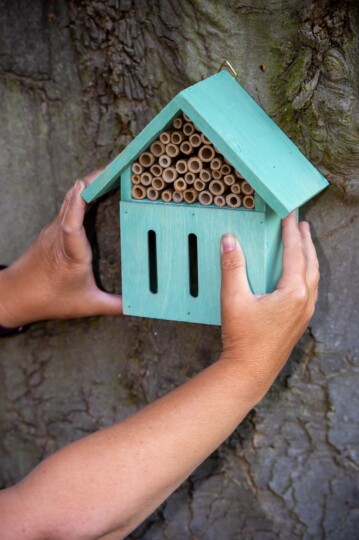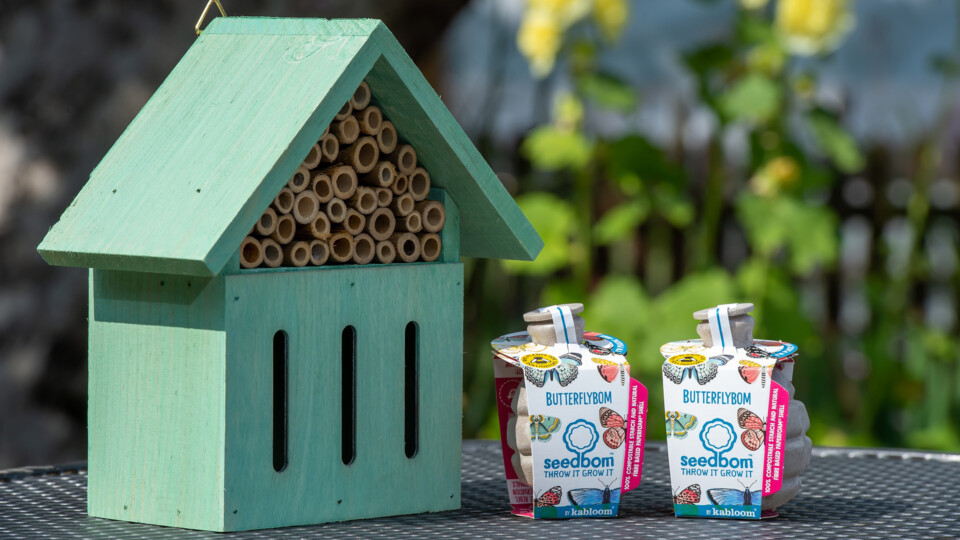Top tips to help butterflies flutter by in West Yorkshire this Summer
To celebrate Butterfly Conservation’s Big Butterfly Count (12th July to 4th August), leading homebuilder Barratt and David Wilson Homes has teamed up with Butterfly Conservation to share top tips on how to help butterflies and moths this summer.
Sam Wood, Sales Director at Barratt and David Wilson Homes, said: “As a leading housebuilder, we take our responsibilities regarding ecology and sustainability incredibly seriously. It’s vital to support Butterfly Conservation’s Big Butterfly Count so that we might see butterflies and moths return to their previous numbers.
“At Barratt and David Wilson Homes, we pride ourselves on our commitment to local wildlife and always strive to give nature a home, whether that be through the implementation of birds and bat boxes, placing hedgehog homes in gardens, or creating wildflower meadows for bees and butterflies.”
Dr Zoe Randle, Senior Surveys Officer at Butterfly Conservation, said: “Taking part in the Big Butterfly Count is a small but crucial thing everyone can do. The information it provides us with not only helps us to protect butterflies and moths but also helps to learn more about what effect the changing climate is having on our biodiversity.”

The tips from Barratt and David Wilson Homes and Butterfly Conservation include:
Get the Garden Ready
Plant a variety of flowers to provide butterflies and moths with ample food sources, ensuring their happiness. A diverse selection of flowers is recommended to attract various insects and enhance your garden’s entire ecosystem.
Butterflies and moths also seek shelter from the rain on plants climbing walls and fences. Positioning these plants strategically offers them a refuge during harsh weather.
Avoid mowing the lawn to benefit these delicate insects. Caterpillars thrive in longer grass, so allowing it to grow supports the next generation of butterflies and moths. Additionally, do not use pesticides as these are harmful to butterflies and moths.
Have a Chat
One of the most powerful tools that can be used to raise awareness is word of mouth – the more knowledge is shared, the more prepared homeowners can be to care for wildlife.
Many people might not realise the importance of butterflies and moths, which are recognised by the Government as indicators of overall biodiversity. Even a casual conversation about these fascinating creatures can ignite interest and lead to a deeper understanding of their significance, inspiring people to learn how they can help.
Take part in the Big Butterfly Count
Participating in Butterfly Conservation’s Big Butterfly Count can significantly boost the research of scientists as it represents a greater pool of information on the health and number of butterflies and day-flying moths.
Without recording and monitoring schemes like these, it’s harder to understand populations and distributions across the whole of the UK. The campaign runs from 12th July to 4th August and people are encouraged to step outside to spot their favourite species!
Those wanting to take part can download the free Big Butterfly Count app or visit the website at Big Butterfly Count.
For details about any developments in the area, visit the website at Barratt Homes in West Yorkshire or David Wilson Homes in West Yorkshire.

